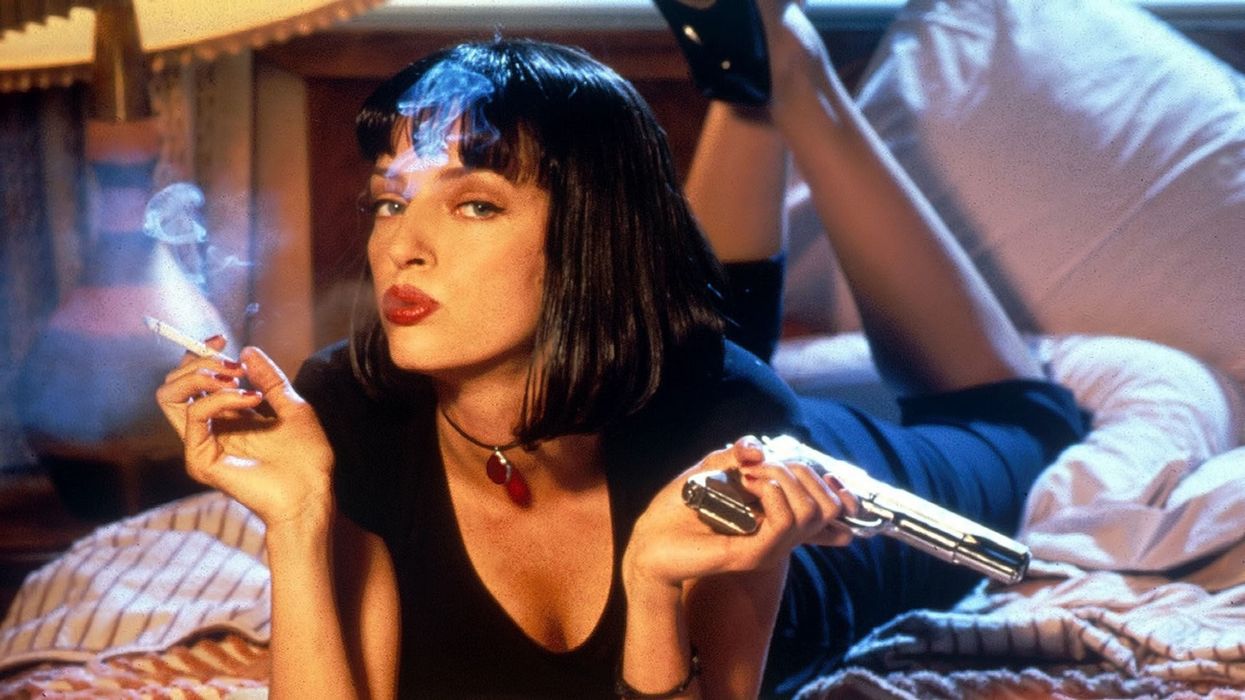What Is a Vignette? (Definition and Examples)
There are two kinds of vignettes, and we delve into the definition of each.

'Pulp Fiction'
In the world of filmmaking and photography, the term "vignette" often floats around, but few people know this literary device actually describes several things.
Vignetting, which is often seen in photography, is a way to shoot something. At the same time, Vignettes can also refer to as small stories encompassing a whole.
So today, we aim to define both of these further and provide examples as well.
Let's dive right in.
What is a Vignette and How to Write One: Slice of Life Writingwww.youtube.com
Vignette Definition
A vignette in the context of film and television typically means one of two things:
- Visual Vignette: A reduction or fade in brightness or saturation at the periphery of an image. This effect draws the viewer's eye toward the center or focal point of the frame. It can be a natural outcome of camera equipment or applied intentionally in post-production.
- Narrative Vignette: A short, evocative description, account, or episode. This form of vignette focuses on a brief incident or scene, often disconnected from the main narrative, that provides insight into a character, setting, or theme.
What Are the Types of Vignettes?

'Body Double'
Credit: Columbia Pictures
In the realm of film, TV, and literature, vignettes serve as powerful tools to enhance storytelling. They come in two predominant forms: visual and narrative.
Each plays a distinct role in communicating themes, emotions, and significant moments to the audience.
Here's an exploration of both.
Visual Vignette Implications:
- Emphasis on Subject: By dimming the edges, the subject in the center (be it a character, object, or action) becomes the undeniable focus.
- Mood and Atmosphere: Vignettes can evoke nostalgia, intimacy, or even a dreamlike state, depending on the context.
- Stylistic Choice: Filmmakers may use a vignette to evoke a specific era, like old films or vintage photographs.
Narrative Vignette Implications:
- Character Depth: These short scenes can reveal hidden aspects of a character's personality, backstory, or motivation.
- Theme Enhancement: A narrative vignette can serve to underscore the primary theme of the film or show, often in a subtle, indirect manner.
- Pacing and Rhythm: These brief episodes can offer a respite from the main action or inject a rapid change of tone or pace.
Examples of Vignettes in Film and TV

'When Harry Met Sally'
Credit: Columbia Pictures
Visual Vignette:
- Schindler's List (1993): The iconic scene with the girl in the red coat. While the film is predominantly black and white, this scene's use of color and subtle vignetting draws the audience's focus onto the girl, emphasizing the horrors of war through an innocent lens.
- Many period pieces or biopics: Films set in earlier eras might use vignetting to mimic the look of old cameras, instilling a sense of authenticity and vintage feel.
Narrative Vignette:
- Pulp Fiction (1994): Tarantino's masterpiece uses narrative vignettes to craft interconnected stories, each providing unique insights into characters and the overall plot.
- When Harry Met Sally (1989): Rob Reiner and Nora Ephron tell a story that jumps in time and shows us the scenes that make up a great relationship.
- Anthology TV Shows: Series like Black Mirror or The Twilight Zone present narrative vignettes as self-contained episodes, each with a unique story but sharing thematic elements.
Vignettes, whether visual or narrative, are potent tools in the hands of filmmakers. They can guide an audience's attention, elicit specific emotional responses, or provide depth and nuance to the overarching narrative.
Understanding and appreciating their use enriches the viewing experience, allowing for a deeper dive into the layers of storytelling on screen.
So whether it is visuals or narratives, consider adding vignettes to into the mix.











